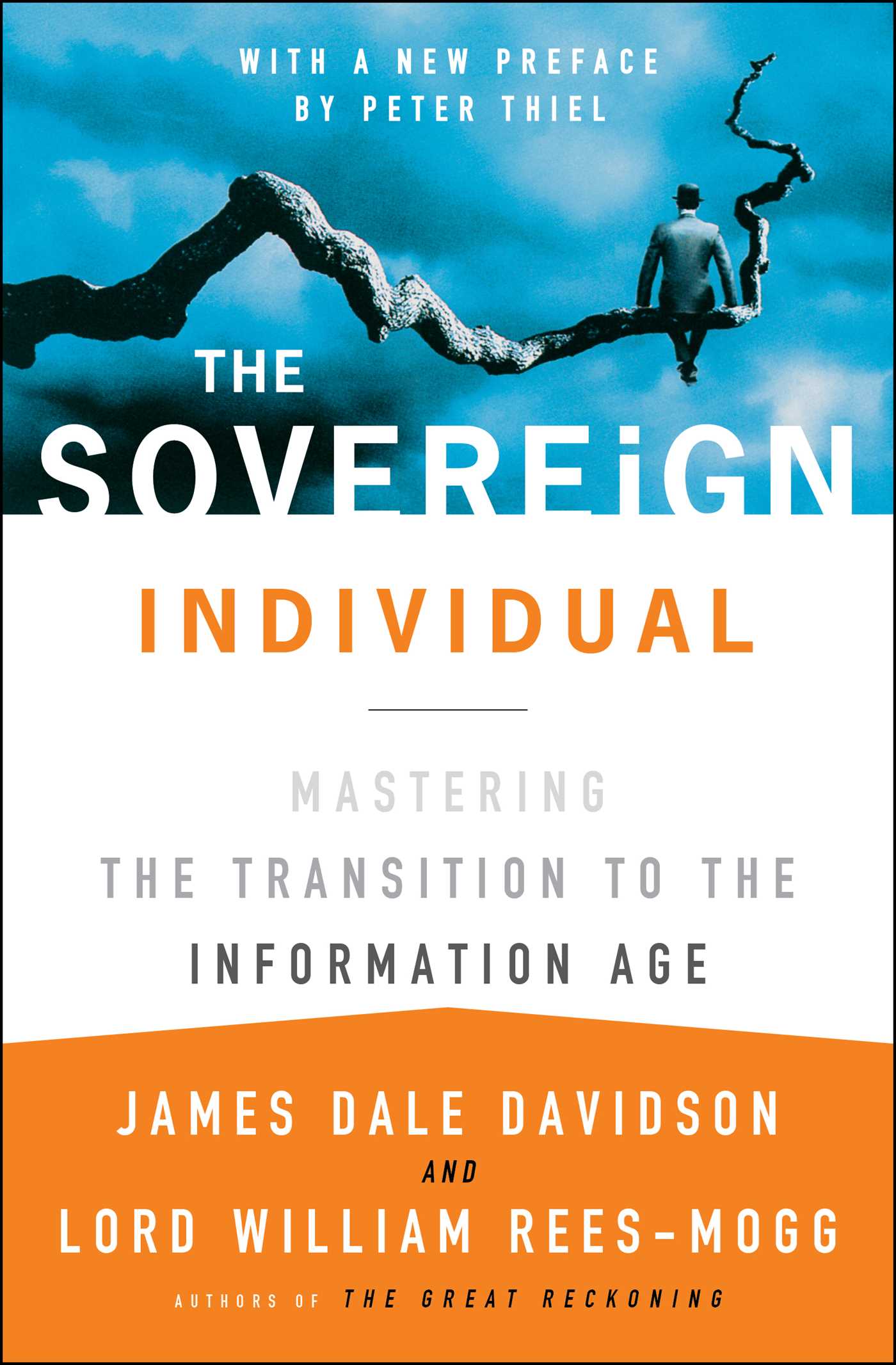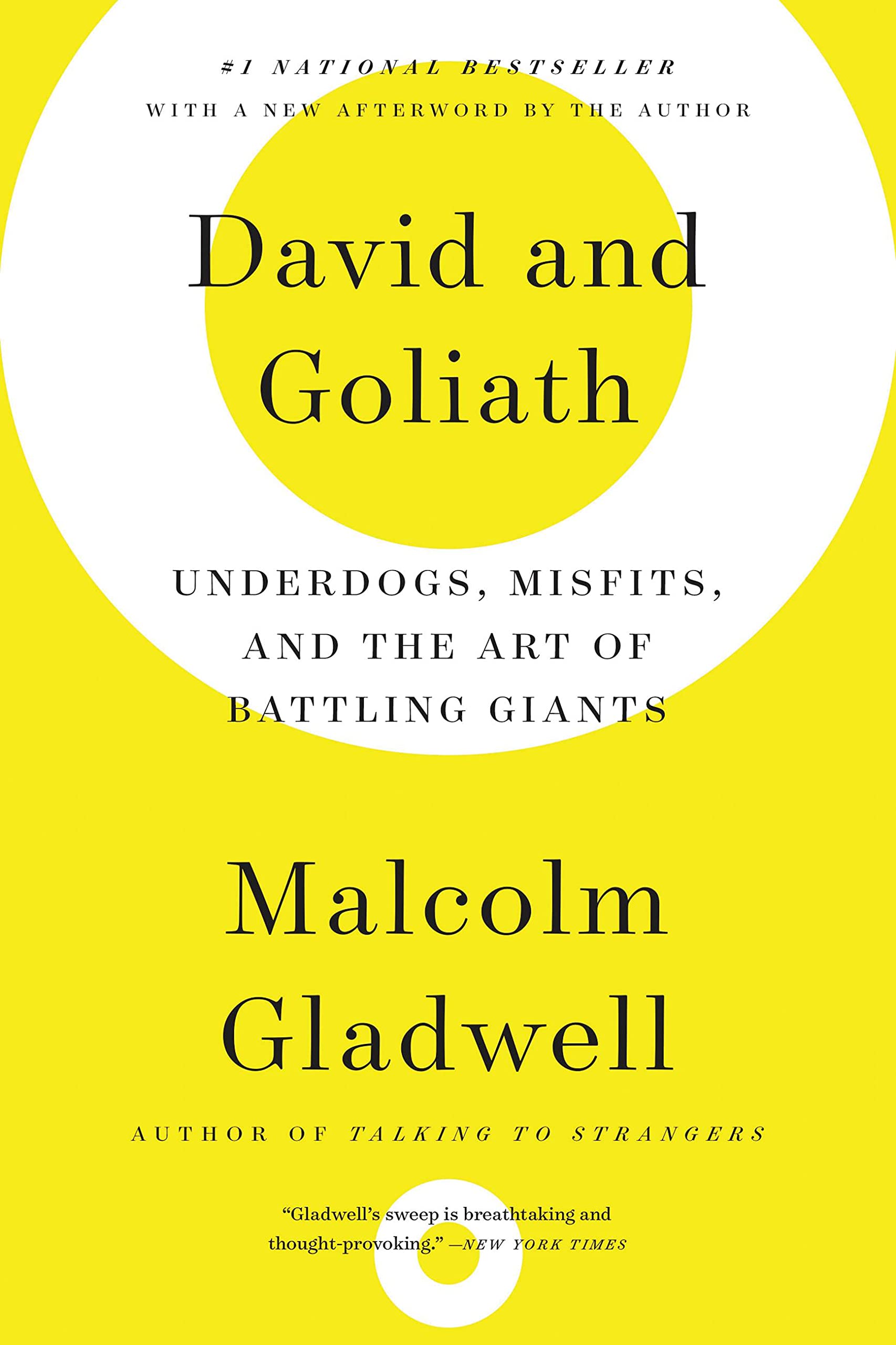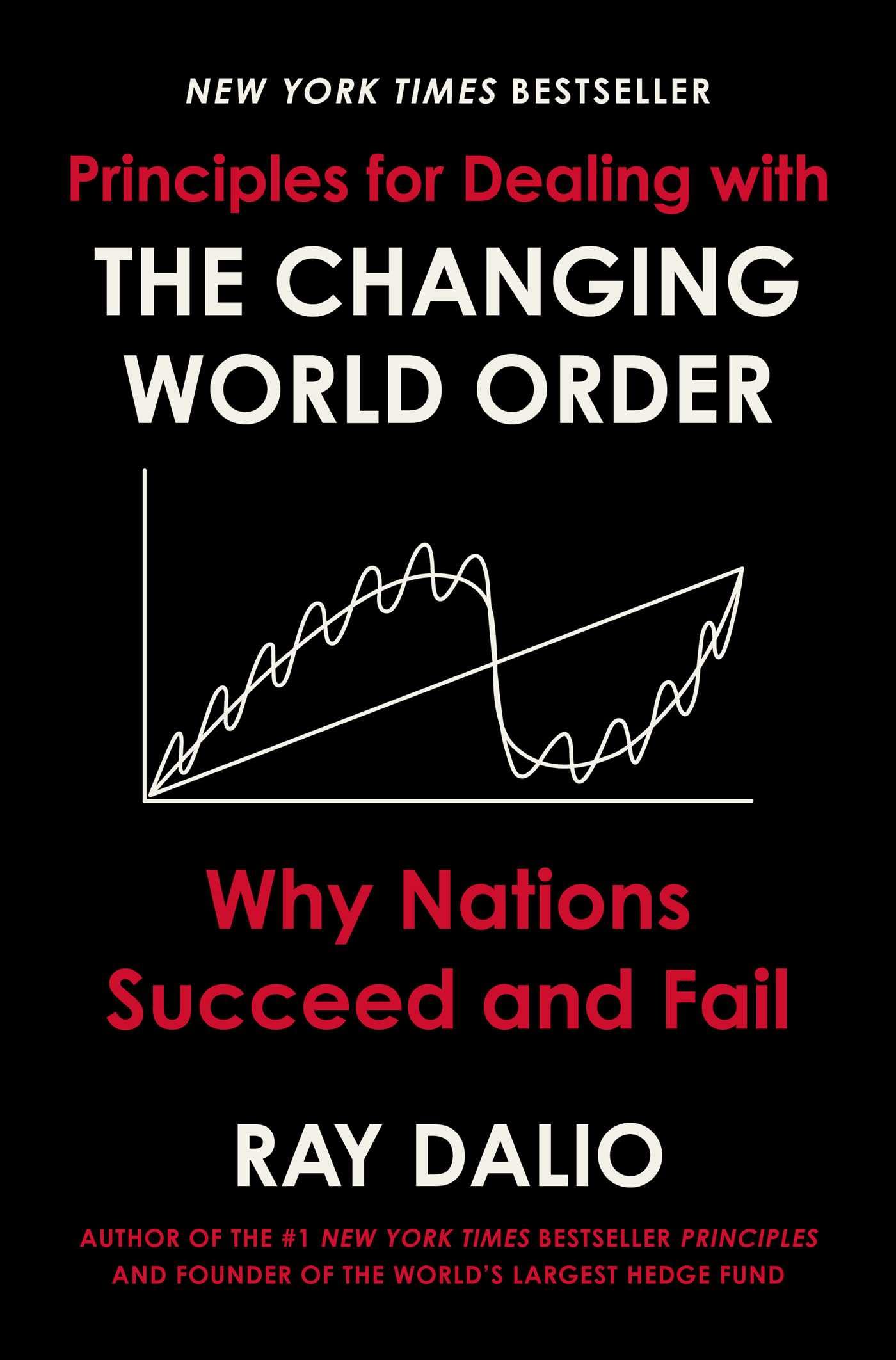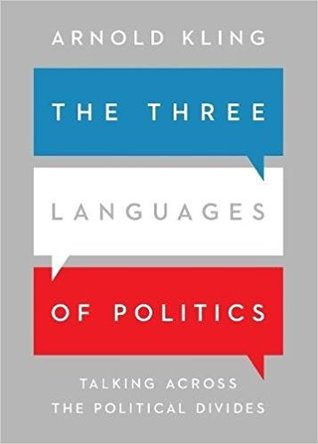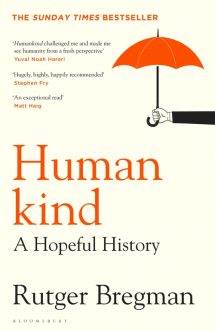Upheaval
by Jared Diamond
- History
- Ashto =
- Jonesy =
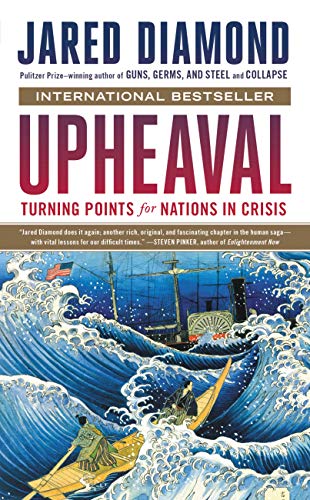
Upheaval is the third book in Jared Diamond’s Civilisations Rise and Fall series. Upheaval reveals how successful nations recover from crises while adopting selective changes. Diamond presents and compares how 6 countries have survived major crises—from the forced opening of Japan by U.S. Commodore Perry’s fleet to the Soviet Union’s attack on Inland to a murderous coup or countercoup in Chile and Indonesia to the transformations of Germany and Australia after WW2.
Upheaval reveals factors that influence how both whole nations and individual people can respond to big challenges. The challenge is for a nation or individual to reflect on their identities, recognise what’s functioning and what’s not, and take imperative actions to improve the situation.
Finland’s War with the Soviet Union
Finland is the Scandinavian Nordic country of 6 million people that borders Sweden to the West and Russia to the east. Before WW1 it was a part of Russia and not an independent nation. At the outset of WW2 Finland was independent, but still poor—with an economy still focused on agriculture and forest products. Today Finland is known around the world for its technology, and its industry has become one of the world’s richest economies. It is a liberal social democracy that had an excellent relationship with the Soviet Union for many decades and with Russia today. Finland possesses a combination of features that constitutes a remarkable example of selective change.
In October 1939 the Soviet Union made territorial demands on Finland, Estonia, Latvia and Lithuania. Finland was the only country that refused those demands, even though the Soviet Union had an enormous army and a population almost 50 times larger than that of Finland. Their nation’s survival remained in grave doubt through a series of crises lasting a decade. Finland’s death toll in its war against the Soviet Union nearly reached 100,000. Nevertheless, the Finnish put such fierce resistance that they succeeded in preserving their independence.
Some of the frameworks of this example:
- The strength and origins of Finnish national identity,
- The ultra-realistic assessment of their geopolitical situation,
- The resulting paradoxical combination of selective change (compromise), their lack of freedom of choice and lack of available successful models.
Finland’s Upheaval Throughout History
Historically, Finland has been contested between Sweden and Russia. Russia had it in 1809 and for most of the century, Russia let Finland run autonomously with its own parliament, administration, and currency.
In 1917, Finland declared a civil war towards the end of WW1 and claimed its independence. The conservative whites trained in Germany went to war with the reds (communists on Russia’s side). In terms of the population killed per month, it was the most deadly conflict until the Rwandan genocide in 1994. It could have poisoned the country but the surviving leftist received back full rights and in 1926, they had a leftist Prime Minister.
In the 1930s, Finland began to strengthen its army and defences. In 1939, many Finns volunteered, therefore strengthening Finland’s main defence line and separating southeastern Finland from Leningrad, the nearest and second-largest Soviet city.
As Germany re-armed under Hitler, it became more and more antagonistic to the Soviet Union as Finland tried to be neutral. In 1939, Finland and the rest of the world were stunned to hear that Hitler and Stalin abruptly called for a non-aggression pact. Finland suspected correctly that the pact included the secret agreement to divide up Finland. It was only a few weeks until the blitzkrieg invasion of Poland, so negotiations began between Finland and the Soviet Union. The SU wanted the border to go back to Leningrad and they knew the Finnish army was weak. The Finns were from all parts of the spectrum—leftists and rightists, reds and whites in the civil war—and yet, they were all unanimous in refusing to compromise.
****
On November 30 1939, the SU attacked Finland. The war that followed is known as the Winter War. At the time the war broke out, this was an absurd military mismatch. SU had a population of 170 million; Finland only had 3.7 million. SU sent a small portion of their army, 500,000 men; Finland only had 120,000 men. SU had thousands of tanks, modern warplanes and modern artillery; Finland had none of that. Worst of all, although the Finnish army had good rifles and machine guns, it had very limited stocks of ammunition. Soldiers were told to fire only when the SU were close.
It seemed that there was no chance of defeating SU. The world had already seen how quickly Poland was taken over (with a population ten times greater and more military equipment). But Finland’s aim was to make Russia’s victory as slow, painful and costly as possible. Specifically, it was to resist Russia long enough that they could get help from elsewhere.
To the great surprise of the world, their defences held. Finns invented Molotov cocktails (bottles filled with gasoline and other chemicals) to cripple the Soviet tanks. They climbed trees carrying their rifles whilst the Soviets were sleeping with shotguns and shot them out. The soviets were frightened, demoralised, and leaderless.
***
How did the Finnish army prevail for so long defending itself against the Soviet army’s overwhelming advantages of numbers and equipment? One of the reasons was motivation.
Finnish soldiers understood that they were fighting for their families, country, and independence—and they were willing to die for these goals. For example, when Soviet forces were advancing the frozen Gulf of Finland, which was defended by small groups of Finnish soldiers on islands in the gulf, the Finnish defenders were told that there would be no means of rescuing them.
Secondly, Finnish soldiers were accustomed to living and skiing in the Finnish forests in the winter and they were familiar with the terrain that they were fighting. The Finnish soldiers were equipped with boots, tents and guns suitable for the winter.
Finally, the Finnish army was effective far out of proportion to its numbers. These informalities encouraged the soldiers to take initiative rather than blindly take orders.
About 8 soldiers were killed for every Finnish killed. The poor performance of the huge Soviet army against the tiny Finnish army had been a big embarrassment to the SU. Finally, peace deals were made in 1940.
The Russia Peace Treaty
The peace treaty required Finland to pay heavy reparations of 300 billion dollars to the Soviet Union. Within 6 years, Finland was forced to develop heavy industries by building ships and factories to export, which paradoxically became an economic stimulus. That industrialisation contributed to the economic growth of Finland after the war, to the point where Finland became a modern industrial country.
Finland proceeded a tightrope between developing relations with the west and retaining Soviet trust. To do so, they drove the Germans out of the country, conducted war crimes against their own leaders, legalised the Finnish Communist Party and brought it into government (whilst preventing it from taking over Finland). They made agreements in joining Western European associations and simultaneously made agreements with Eastern European communist countries. The result was that the Soviets no longer had any motivation to take over Finland. Because for them, Finland was more valuable independent and allied with the West than it would have been if conquered or reduced to a communist satellite.
Using an Upheaval to Your Advantages
Finland’s tightrope act served to combine independence from the SU with economic growth. In this respect, the small country had to face harsh realities. The 6 million will never develop the economic advantage of 90 million Germans or 330 million Americans.
Hence Finland has had to make full use of its available workforce and develop profitable industries. In order to make productive use of its entire population, Finland’s school system aims to educate everybody well. Unlike the US system, which now educates some well and some poorly, Finland has egalitarian high-quality public schools with few private schools. Whilst many schoolteachers complain about inadequate salaries and moderate social status, Finnish school teachers go through a very competitive selection process. They are well paid, earn advanced degrees, and have plenty of autonomy in how they teach. As a result, Finnish students score near the top of world national rankings in literacy, math, and problem-solving abilities.
Embracing Growth During an Upheaval
1. Responsibility/Self-Appraisal
Finland is an outstanding example of self-appraisal. It was painful because the SU armies had killed, orphaned, widowed a large fraction of the Finnish population. But they avoided the trap of letting self-pity and resentment paralyse their relations with the SU. They recognised the realities. Finland is small, it shares the border, and it couldn’t count on its allies. Therefore, the responsibility for survival lies within themselves. They realised that the only way to retain their political independence was by earning the Soviet’s trust and sacrificing some economic independence and freedom to speak out.
2. Building a fence/Selective Change
Finland adopted a selective change in its eventual response to the Soviet attack. Finland reversed its long-standing previous policy of trying to ignore and not dealing with the SU. It adopted a new policy of economic involvement and frequent political discussions with the SU. But those changes were highly selective. Finland remains unoccupied and self-governing while maintaining its liberal democracy.
Many of their actions horrify Western Europe and American observers. They cancel books, postpone elections, and the press will sensor itself to avoid Soviet insensitivities. Such actions violate a democracy’s right to freedom of action. Their foreign policy towards the SU has remained the same for 70 years since the end of WW2, but the country is no closer to being part of the SU or becoming a Russian satellite. It has succeeded in maintaining ties with the West and Russia. They know that life is uncertain and military service is compulsory.
3. Hanging onto values
Finland illustrates how flexibility is born out of necessity. In response to Soviet fears and sensitivities, they did things unthinkable in democracy. Imprisoning their wartime leaders with a retroactive law. Cancelling books and self-censoring statements that are likely to affect the SU. Importantly, they had a non-negotiable core value when it comes to independence. The Finns were prepared to fight for it, despite risking death.




